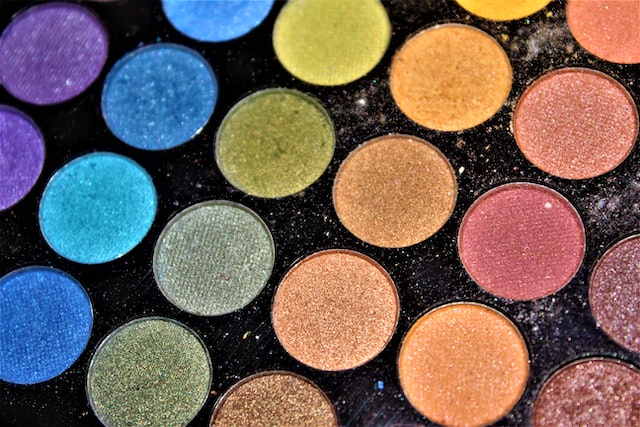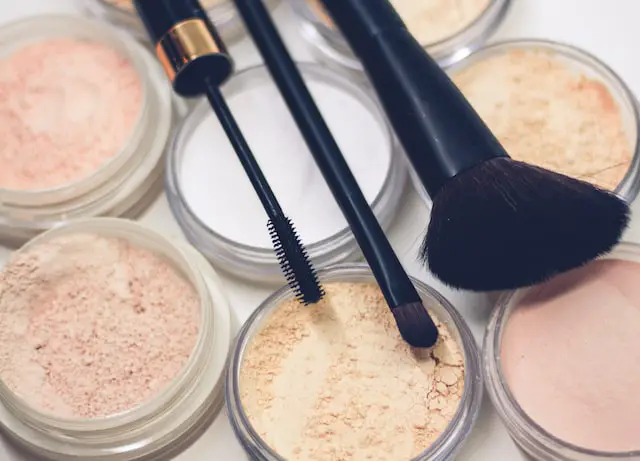There are no words strong enough to describe our love for makeup brushes! We are always shopping for the latest fashions and being beauty junkies we always manage to find another reason to pick up new ones.
However, many times we end up not taking care of them. This is not only bad for your expensive brushes and sponges, but it can also be terrible for your skin.
The consequences can be serious: bacteria and skin infections on the one hand and ruined makeup brushes on the other. Lucky for you, we're here to tell you why you should be cleaning your makeup brushes and sponges regularly.
The first thing you should know is that there are different types of makeup brushes, so it is important to know which one you need for each step of your makeup.
There are large powder makeup brushes, blush and bronzer brushes, eyeshadow blending brush, eyeliner brush, lip brush, concealer brush, foundation brush, and small detail brushes.
The second thing is that the shape of the brush can make a difference in how you apply your makeup. For example, if you have a round shaped eyeshadow blending brush, it will be good for blending colors, but not so good for applying color to the lid because it will smudge as soon as you apply it.
If you have a flat shaped eyeshadow blending brush, it would be better for applying color because it has more surface area than a round one. There are four main types of makeup brushes.
To apply creams and liquid products, such as foundations, concealers, and pressed powders, use a flat brush. A paddle brush is one of the most popular types of brushes used for this type of application.
For large area liquid foundation application (chin or full face), use a synthetic bristle foundation brush. For smaller areas (like the forehead or nose), use natural bristles.
The difference between types of makeup brushes
Nowadays, you can find many kinds of makeup brush set in the market. However, not even makeup artists use them all! These are some of the most used brushes that you must have in your makeup collection.

First of all, the main difference between this type of makeup brushes is between the synthetic ones and the natural ones.
Synthetic brushes are great for applying liquid and cream products because they are made of nylon and other polyester fibers. They don't absorb too much makeup, so they're great for precise application.
On the other hand, natural brushes are made of natural animal hair (horse and goat). They are best for powder makeup products.
Mandatory makeup brushes
- Foundation Brush – These will make the skin glow and are mainly used for liquid foundations, foundations, and BB creams. There are so many different shapes on the market, but the most common are flat and rounded brushes. You can use it in downward motions, starting from where you need the most coverage.
- Blush Brush: With this brush, you can easily apply blush, eye makeup, as well as bronzing and highlighting powders. It has longer, lighter bristles and is soft and fluffy. It is designed to collect the correct amount of dust. Choose the size according to the size of your cheeks and cheekbones.
- Concealer Brush: They have a flat, rounded tip, ideal for applying concealer and makeup to the face . Use it to apply concealer under the eyes, on the nose and chin. You can also find fine makeup brushes that are used to cover small imperfections or broken capillaries.
- Powder Brush or Setting Brush: These have fluffy, soft bristles. Use this brush for a beautiful finish, applying the powder to areas of the face that can easily shine.
- Contour Brush – Since face contouring has become so popular, you can only use this brush for this purpose. It's easier to master the technique if you have the right tool. Contour brushes are angled with densely packed bristles that allow for more precise contouring.
- Blending Brush: Blends eyeshadows and removes sharp lines between two different shades. This brush is also perfect if you want to apply a translucent layer of color to the lids.
- Angled brush: used to paint eyebrows or apply eyeliner. Firm, short, and dense hair allows for clean, defined edges.
Why you need to clean your makeup brushes and sponges
Hygiene: Every time you use your makeup brushes, they pick up whatever is on your face, i.e. sebum, dead skin cells, dust, and anything else that sticks to your skin.
This is a recipe for disaster (or rather, acne). Every time you use a dirty brush, you're applying this disgusting combination all over your face, clogging your pores.
Bacteria and Viruses: Both viruses and bacteria live on our brushes. When you wipe your nose with a dirty brush, chances are high that you'll catch a cold! Bacteria, on the other hand, can cause some problems, such as conjunctivitis and staph infections.
Keep your brushes clean: Dirty makeup brush sets become more abrasive and dry, which irritates the skin.
Regular cleaning of your face makeup brushes will ensure that they are soft enough not to damage your skin and that they last longer. The more you wash them, the softer they'll get and the longer they'll last.
Using eye makeup brushes is important because they help you apply eye makeup evenly and precisely. They will also serve to blend makeup perfectly, in addition to giving you a flawless finish.
You can find different types of makeup brushes for different purposes, such as powder brush, blush brush, foundation brush, eye shadow brush, and more.
We hope you enjoyed reading this article on tips and tricks for using the makeup brushes. We have tried to cover as many aspects of this topic as possible to give you an in-depth understanding of how these brushes are used and what their different purposes and care are.
